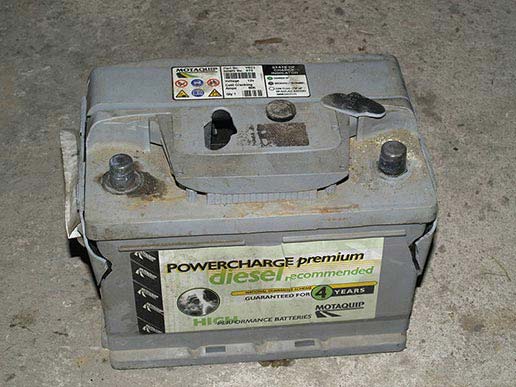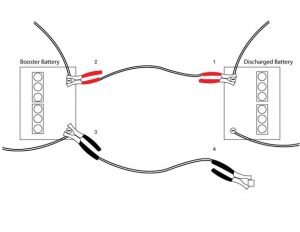
Understanding a car battery’s function is a big part of teen driver education.
A car battery performs a variety of functions on any given commute, no matter how short. Without a battery that’s charged and properly installed, you aren’t going anywhere.
How to Take Care of Your Car Battery
The battery in your car works a lot like any other battery; it powers your starter motor, and all the electronics in your car. Batteries can last for a long time, but it’s a good rule of thumb to check it once a month.
Cleaning
The first, and easiest, thing to do is to keep the case clean. Oil residue and dirt can build up, and cause problems down the line, draining the battery prematurely or hiding cracks or bulges. To clean it, simply wipe it down with a paper towel that’s been moistened in a mild detergent.
After your battery is clean and dry, take a few minutes to inspect the case. Look carefully for any signs of cracking or bulging, as they can indicate other problems, such as freezing, or lack of fluid.
Checking the Electrolytes
The liquid that’s floating around inside your battery is water and sulfuric acid. If your battery has removable vent caps, you can check the level in each cell – it should be ABOVE the top of the battery plates. If it’s low, you can add DISTILLED water, so long as you don’t overflow the cells.
DO NOT USE TAP WATER – IT CONTAINS MINERAL DEPOSITS THAT WILL HARM YOUR BATTERY
Inspecting the Terminals
Check all the battery posts, terminal, and hardware. You’re looking for any sign of corrosion – a white or blueish fuzz around the terminals. If you see some, create a 50/50 mix of baking soda and water, and scrub with a stiff brush. When clean, rinse with clean water.
Any other battery issues are probably best suited for a mechanic, and not a new driver.
Jump Starting Your Car Battery
If your car won’t turn over because your battery has lost its charge, it’s possible to boost it by “jump-starting.” This is a relatively easy procedure, but it can be very dangerous if you don’t follow the precautions. Read carefully for the best practices in jump-starting your car.
Play it Safe
Before you do anything, inspect the battery:
- Check the battery’s electrolyte level. If the case was cracked and the electrolytes leaked out, you will need to replace the battery.
- If the battery was frozen, the case may bulge or the cells may have ice. If that is the case, you may need to move the battery to a warm location and let it thaw out before proceeding.
If your battery is low on electrolytes or frozen, jumping it could cause it to rupture or explode.
Setting up the Jump
First and foremost: This is a generic list of steps to take. You always need to refer to your owner’s manual before proceeding, in case there are some vehicle-specific precautions or procedures.
You will need the following:
- Another car, preferably one with a fully charged battery
- A set of jumper cables
Position the charged car so that the battery is close to the battery on the dead car, but not so close that they are touching.
Safety Measures
- Take the keys out of each car. If there’s a keyless ignition system, make sure the fob is at least 10 feet away from the vehicle.
- Make sure the parking brake is on (both vehicles)
- Turn off/disconnect all electrical systems
Jumping the Car

- Locate the positive and negative terminals on both batteries (In most cases, Red = Positive, Black = Negative)
- Attach the cables in this specific order:
- FIRST: Positive on Dead Battery
- SECOND: Positive on Charged Battery
- THIRD: Negative on Charged Battery
- FOURTH: Negative on a Ground Point that’s away from the battery.
DO NOT CONNECT THE NEGATIVE CABLE TO THE DEAD BATTERY
- Turn the ignition in the dead battery car.
- If the engine doesn’t start, take the key out. Start the car with the charged battery, and then try again.
- Once the car starts, turn on the headlights and heater so that any voltage spikes have an electrical path.
- Wait a minute, and remove the jumper cables IN REVERSE ORDER OF INSTALLATION










